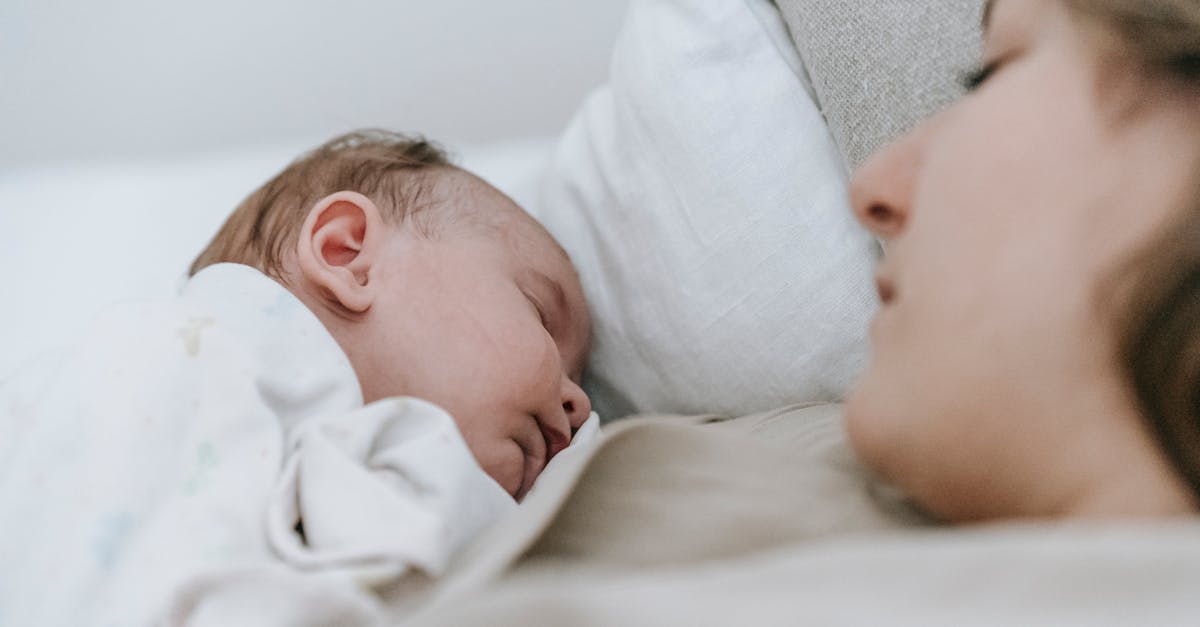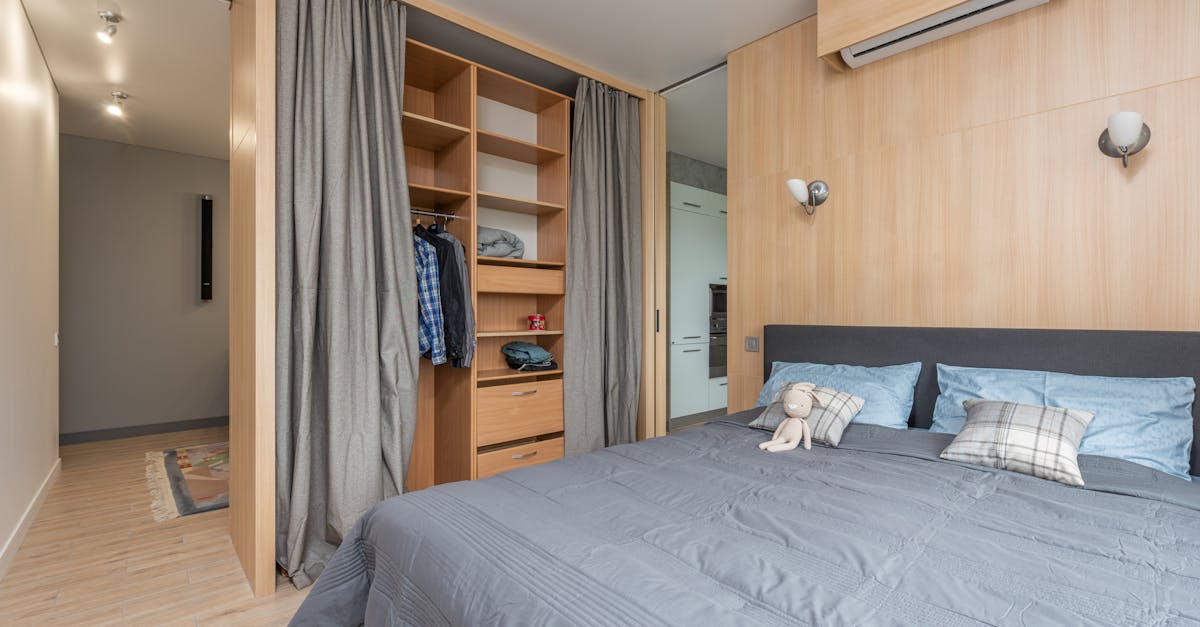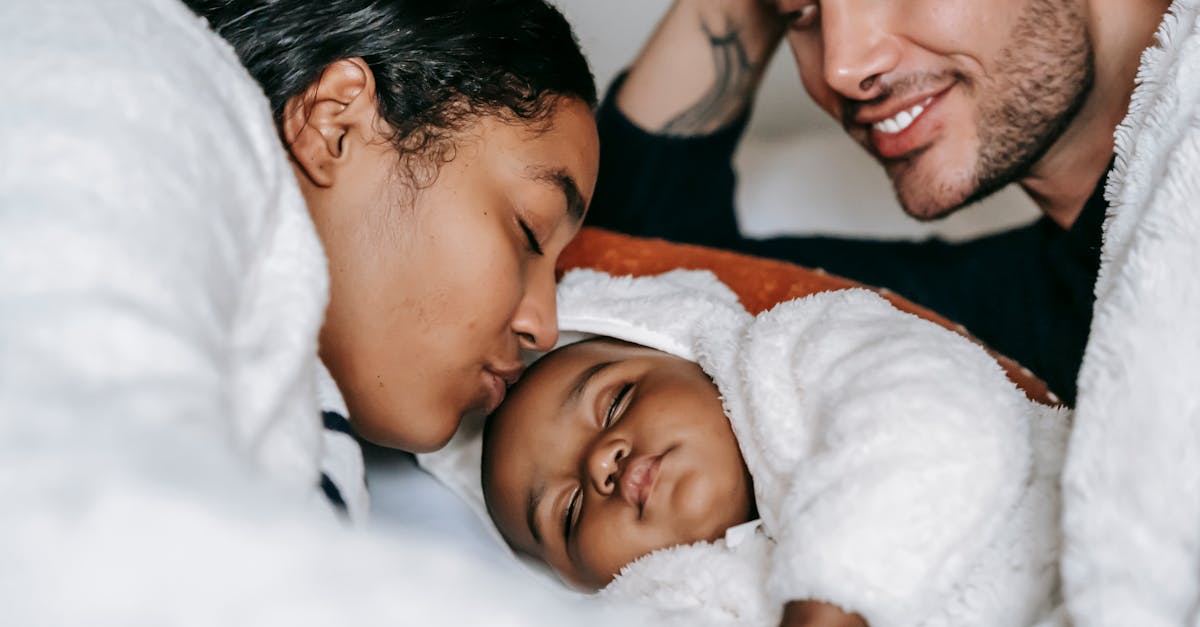Why Temperature Matters
Ever wonder why your baby transforms into a nocturnal wiggle monster just as you’re about to hit the dreamland express? Well, it might just boil down to the temperature. Too hot or too cold, and you’re in for a long night. Understanding the Goldilocks zone for baby’s sleep isn’t just about comfort; it’s about safety and ensuring those little eyes stay shut till morning.

Temperature plays a crucial role in regulating your baby’s sleep patterns. Here’s why it matters:
- Comfort: Babies, especially newborns, are sensitive to temperature changes. Maintaining a comfortable room temperature can help them sleep better.
- Safety: Extreme temperatures can pose health risks to your baby. Ensure the room is not too hot or too cold to prevent discomfort or illness.
- Quality Sleep: Creating an ideal sleep environment can promote longer and uninterrupted sleep for both you and your baby.
Finding the Sweet Spot
The ideal temperature for baby’s sleep might seem like a closely guarded secret, but it’s widely agreed to hover around 68-72°F (20-22°C). Veering off this comfy zone can lead to restless nights or, worse, increase the risk of SIDS. A room thermometer can be your new best friend, ensuring the nursery stays within this ideal range.

Dress for Success
Picking the right pajamas and sleep sacks is more art than science. Think of it as dressing your baby for a slight chill. A good rule of thumb? Dress them in one more layer than you’d be comfortable in. Remember, natural fabrics that breathe are your allies in the battle against nighttime awakenings.

The Perfect Room Setup
Your baby’s room should be a shrine to slumber. Blackout curtains can ward off unwanted light, while a white noise machine drowns out the world. And that adorable, plush nursery? Keep it simple around the crib. Safety first, cuteness second. The aim is to create a safe, sleep-inducing environment that also keeps temperature fluctuations in check.

Night-time Nudges
Even with all preemptive measures taken, babies are unpredictable. They can’t exactly kick off a blanket if they’re hot. Check on your little one before you turn in, and adjust their layers without waking them if you can help it. A gentle hand on the chest can tell you if they’re too warm or cold.

Your Baby’s Sleep Thermometer
Observing your baby’s sleep patterns can provide clues to their comfort level. Are they restless, waking frequently, or seem uncomfortable? It might be time to reassess their sleeping conditions. Be responsive and adaptable; what works one night might change with the seasons or as your baby grows.

Understanding the nuances of your baby’s sleep habits can help you create an environment where they feel secure and at ease. By paying attention to their cues and making small adjustments, you can support better sleep quality for both your little one and yourself.
